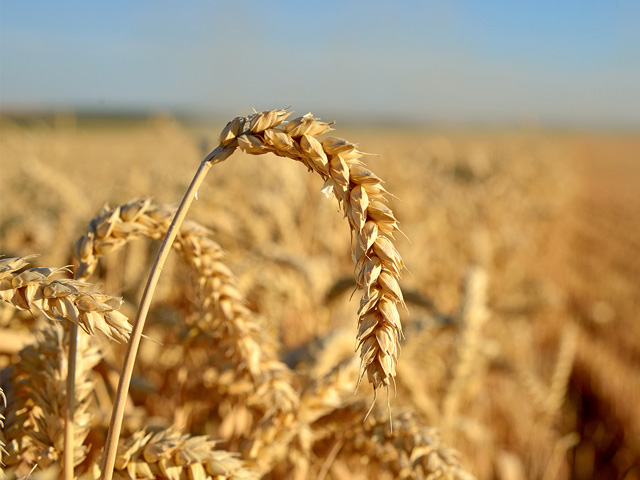Feed Alternatives
Wheat Midds Affordable Feed Option For Some
As some analysts project double-digit increases in feed costs moving into 2021, many producers will be considering more alternative feed sources to keep livestock in good body condition moving through the winter months.
Kendra Graham, University of Missouri Extension livestock specialist, notes at the right price, wheat middlings are a good source of protein, fiber, and phosphorus.
P[L1] D[0x0] M[300x250] OOP[F] ADUNIT[] T[]
Wheat middlings, commonly known as "midds", are often used in feed mixes. They are a byproduct of wheat milling, flaky and loose, and can be inconvenient to both store and transport. They can, however, be made into pellets. These pellets are denser, less prone to spoilage, bridging and moisture absorption.
What's good about midds is the nutritional value. In addition to protein, they offer high levels of energy. Graham says they are easy to digest and weaning calves do well on them. Because they are high in fiber and low in starch, they produce little bloat or acidosis when fed in the right amount.
Pricing for midds depends on seasonal demand, and is often lower April, May and June. Look for local sources to get the best value.
Specifics regarding nutritional value vary, but based on Extension reports, wheat midds contain on average about 17% to 18% Crude Protein (CP); 25% starch and 40% neutral detergent fiber (NDF). There is a large degree of variation when it comes to nutrient composition of midds among different milling operations, with wheat type, environmental factors during production and the grade of flour produced all influencing nutrient levels.
Wheat midds are lower in Total Digestible Nutrients (TDN) (average of 69%) because of the high fiber content when compared with corn, which averages a TDN of 90%. Crude fiber levels average 8.2% for midds, compared to 2% for corn. Crude fat for midds averages 4.9%, corn averages 4%. Midds are higher than corn in phosphorus (0.99%) and calcium (0.13%).
For details on wheat midds, and other by-product feed resources, with nutritional data, go to: https://extension.msstate.edu/…
(c) Copyright 2021 DTN, LLC. All rights reserved.






